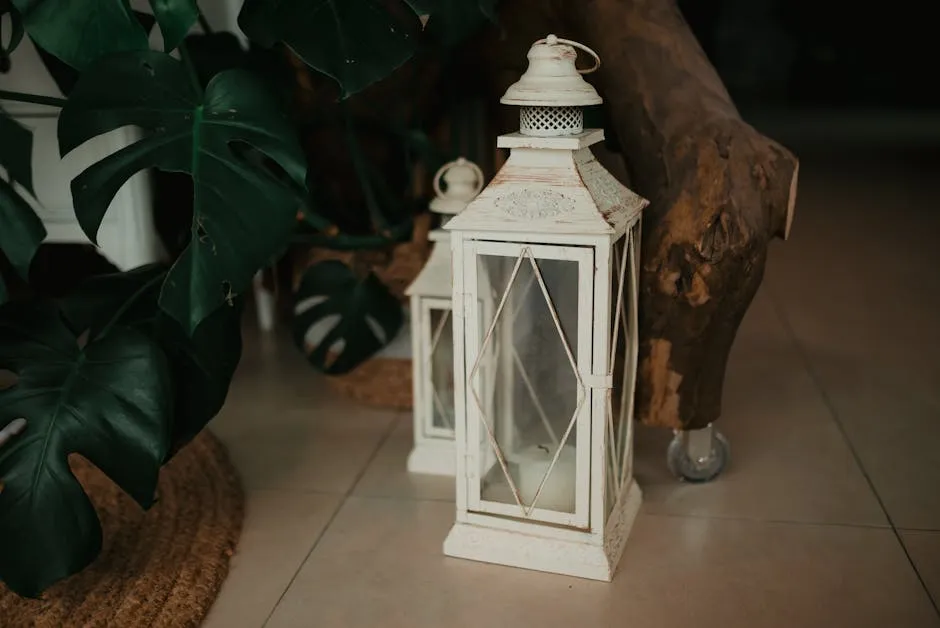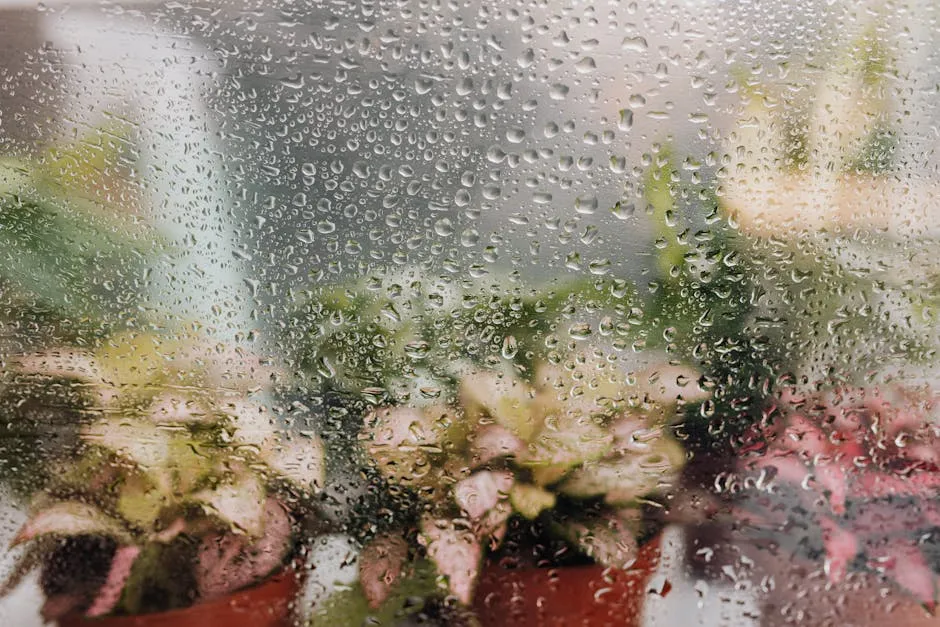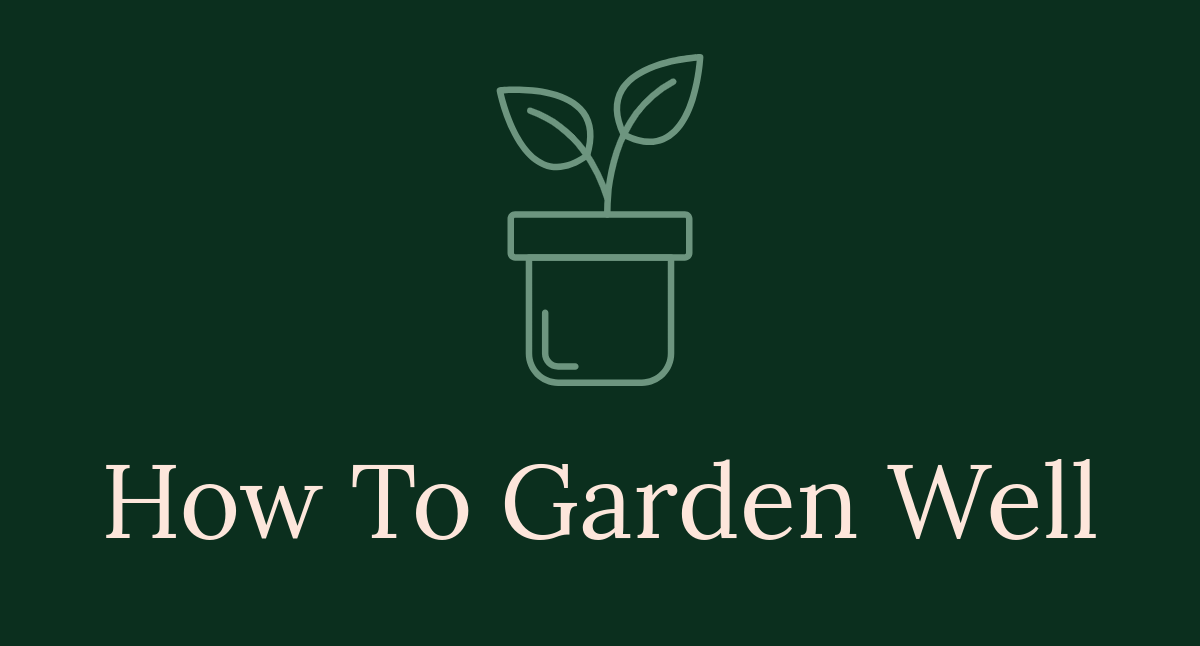

The Ultimate Guide to Caring for Your Zebra Plant (Aphelandra squarrosa)
Introduction
Meet the zebra plant, also known as Aphelandra squarrosa. This unique houseplant features striking dark green leaves adorned with bright white veins. Its eye-catching appearance makes it a popular choice for indoor spaces. In this guide, we’ll share essential care tips, highlight its benefits, and troubleshoot common issues.
To ensure your zebra plant thrives, consider investing in a humidifier. Keeping humidity levels above 65% will mimic its tropical origins and keep those leaves looking lush!
Summary and Overview
The zebra plant originates from Brazil, thriving in its warm, humid environment. It stands out with its glossy, dark green leaves that boast prominent white stripes, resembling a zebra’s coat. When conditions are just right, it produces stunning yellow flower spikes that can last up to six weeks. Aside from its beauty, the zebra plant purifies the air, enhancing your indoor atmosphere. It’s a wonderful addition to any indoor garden, offering both aesthetic appeal and health benefits. Enjoying this plant can elevate your home and create a vibrant living space.

The zebra plant is not only beautiful but also contributes to a healthier indoor environment. indoor plants like this can significantly improve your living space.
Understanding the Zebra Plant
What is the Zebra Plant?
The zebra plant, scientifically known as Aphelandra squarrosa, is a stunning tropical plant. Originating from Brazil, it thrives in warm and humid environments. This plant is often found in the underbrush of Brazilian forests, making it well-suited for indoor cultivation.
Commonly referred to as the saffron spike, the zebra plant has a rich history. Its striking appearance has made it a favorite among plant enthusiasts and interior decorators alike. In its native habitat, it showcases the vibrant biodiversity of Brazilian flora, standing out with its unique characteristics.
Appearance and Characteristics
The zebra plant is easily recognizable due to its dark green leaves adorned with bold white veins. These eye-catching leaves can grow up to 9 inches long, creating a dramatic visual impact. In addition to its foliage, the plant produces tall flowering spikes that showcase bright yellow bracts, adding a splash of color.
In its natural environment, the zebra plant can reach heights of 6 feet. However, when grown indoors, it typically remains more compact, making it a great fit for various spaces. Its upright growth habit allows it to shine as a striking centerpiece in any room.

Growing Conditions
Light Requirements
The zebra plant thrives in bright, indirect light. Position it near east or west-facing windows for optimal growth. Too much direct sunlight can scorch its leaves, causing brown spots. Conversely, insufficient light can lead to leggy growth and fewer flowers. If your plant stretches for light, it’s a sign to move it closer to a light source.
Humidity Needs
Humidity is crucial for the zebra plant’s health. It prefers levels above 65%, mimicking its tropical origins. To maintain humidity, consider using a humidifier or placing a tray of water near the plant. Grouping your zebra plant with other houseplants can also help increase moisture in the air. Avoid letting it sit in dry conditions, as this can lead to leaf drop.

Soil and Watering
A well-draining, acidic potting mix works best for the zebra plant. Look for soil rich in organic matter, which retains moisture without becoming soggy. Water the plant when the top inch of soil feels dry. Overwatering can cause root rot, while allowing it to dry out too much may lead to leaf loss. Always ensure excess water can escape from the pot’s drainage holes.
For optimal growth, consider investing in a balanced liquid fertilizer. Regular feeding can give your zebra plant the nutrients it craves, boosting its growth and vibrant appearance!
Temperature Preferences
The zebra plant thrives in temperatures between 65°F and 80°F. Keeping it within this range ensures healthy growth and vibrant foliage. However, sudden temperature changes can stress the plant. If exposed to cold drafts or extreme heat, you may notice wilting leaves or leaf drop. Maintaining a stable environment is crucial for its well-being. Ideally, keep the zebra plant away from windows that open frequently or air conditioning vents. A cozy corner can offer the protection it needs to flourish.

Care Tips for Zebra Plants
Fertilization Guidelines
Fertilizing your zebra plant is key to its growth. Aim to feed it every two to four weeks during spring and summer. Use a balanced liquid fertilizer, diluted to half strength. This encourages lush foliage and vibrant flowers. Avoid fertilizing in fall and winter when the plant’s growth slows down. Always water your plant before applying fertilizer to prevent root burn. Regular feeding ensures your zebra plant remains healthy and attractive.
And don’t forget to keep track of your plant’s watering needs with a soil moisture meter. It’s a game-changer for ensuring you never overwater or underwater your precious zebra plant!

Pruning and Maintenance
Pruning is essential for managing the zebra plant’s growth. It helps promote bushiness and prevents leggy stems. Remove any yellowing or dead leaves to keep the plant looking tidy. If your zebra plant grows tall and sparse, trim back the stems to encourage new growth. Aim to leave a couple of leaf nodes on each stem for best results. This simple maintenance task keeps your plant in shape and ensures it continues to thrive in your home.
Troubleshooting Common Issues
Zebra plants can sometimes face a few challenges. Leaf drop is a common issue, often caused by inconsistent watering. If your plant is dropping leaves, check the soil moisture. It should be kept evenly moist, not soggy or bone dry. Adjust your watering schedule accordingly.
Another issue is browning leaf tips. This usually indicates low humidity levels. To combat this, increase humidity by misting the leaves or using a humidifier. You can also place a water tray with pebbles near the plant to raise moisture levels.

Pests like spider mites and mealybugs may invade your zebra plant. Regularly inspect the leaves for any signs of these pests. If spotted, wipe the leaves with a damp cloth and treat with insecticidal soap. Keeping your plant clean and well-cared for will help prevent these pesky invaders.
Benefits of the Zebra Plant
Air Purification
The zebra plant offers impressive air-purifying qualities. It helps to filter out harmful toxins from indoor spaces. Studies show that plants like the zebra plant can significantly improve air quality. By adding one to your home, you not only beautify your space but also promote a healthier environment.

To further enhance your indoor air quality, consider adding an Air Purifying Plants Book to discover more about which plants can help keep your air clean and fresh!
Aesthetic Appeal
The zebra plant enhances indoor decor with its striking appearance. Its dark green leaves and bold white veins create a stunning focal point. For a harmonious look, pair it with companion plants like the purple waffle plant or a low-growing ficus. These plants complement the zebra’s unique texture and color, creating an inviting atmosphere.

For those who want to take their indoor gardening to the next level, why not try an Indoor Gardening Kit? It’s perfect for growing a variety of plants and herbs right in your home!
Conclusion
In summary, the zebra plant is a fantastic addition to any indoor garden. It offers stunning aesthetics and air-purifying benefits. By addressing common issues and providing proper care, you can enjoy its beauty for years. Consider adding a zebra plant to your collection today! We’d love to hear your experiences or answer any questions in the comments below.
Please let us know what you think about our content by leaving a comment down below!
Thank you for reading till here 🙂
If you’re interested in caring for other plants, check out our guide on wandering jew plant care, which offers tips on nurturing a variety of indoor plants.
And while you’re sprucing up your space, consider adding some decorative plant pots to showcase your zebra plant beautifully!
All images from Pexels



